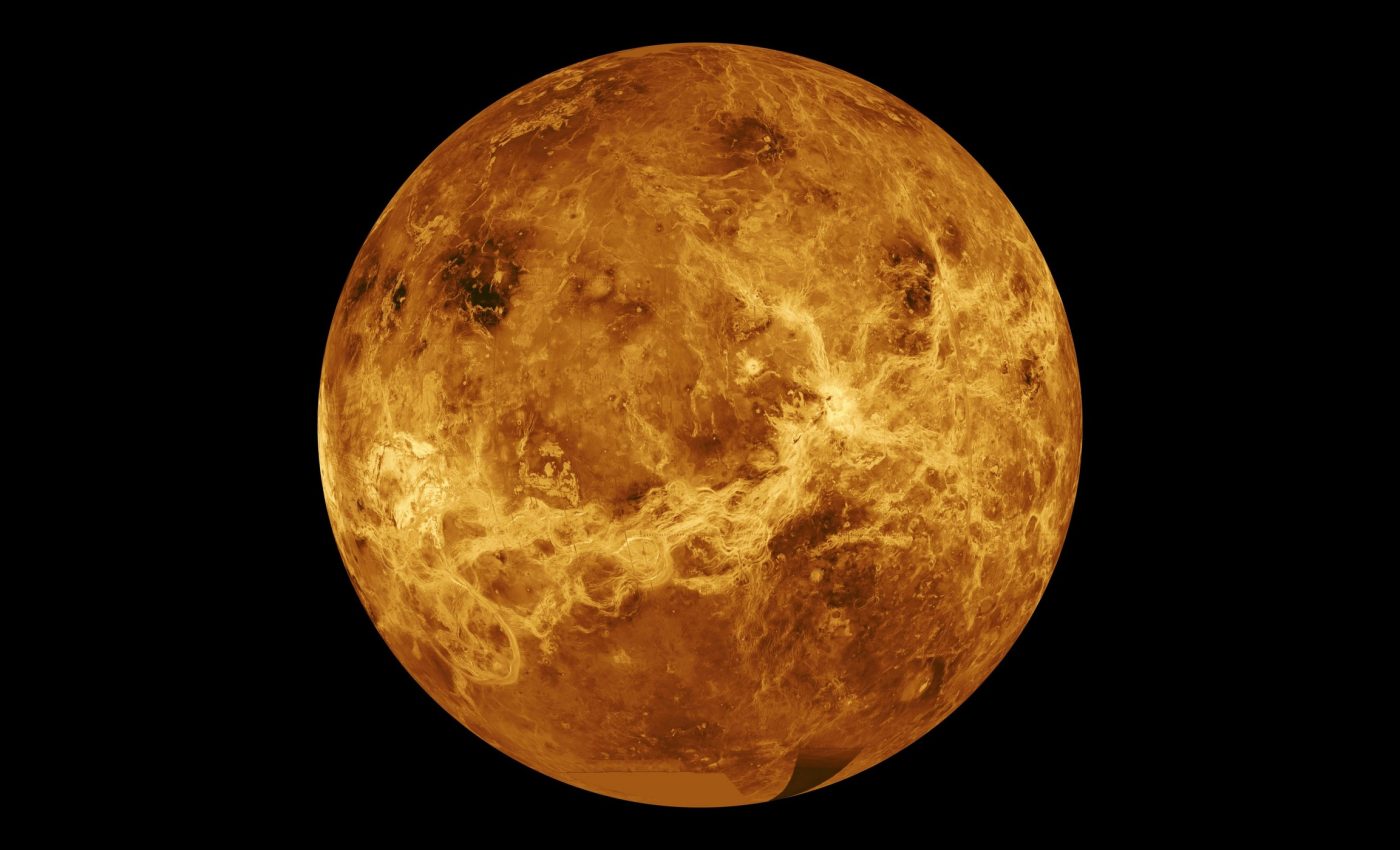
Reexamining old data showed that the atmosphere on Venus is approximately 62% water trapped in hydrated compounds.

Dangerous rocks may co-orbit with Venus, but new research suggests only a space-based mission can prove it.

Data from NASA's Magellan mission suggests Venus could be more geologically active than previously thought. The data shows compelling evidence for ongoing tectonic activity shaping Venus's surface features.
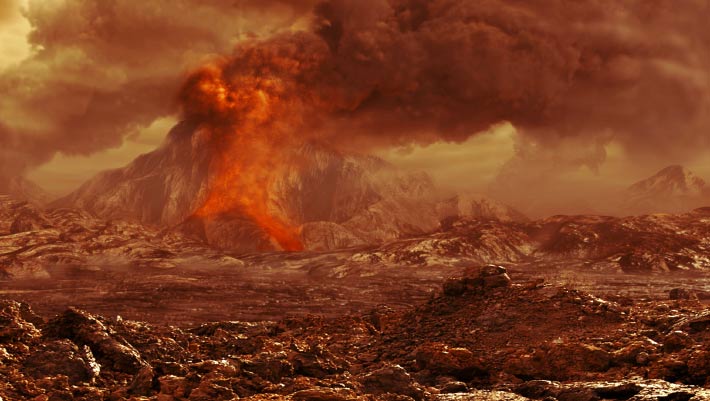
An unexpected phenomenon called convection could help explain many of the volcanoes and other features of the Venusian landscape.

The main reason for space exploration is to search for life beyond Earth.
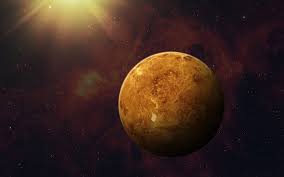
A team of astronomers has found that Venus has never been wet, despite decades of speculation that our closest planetary neighbour was once much more like Earth than it is today.
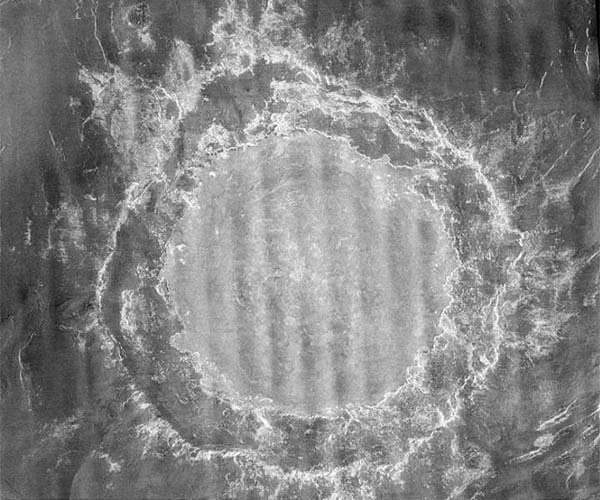
Researchers have discovered what may be a long-hidden record of ancient impact craters on Venus, shedding light on a planetary history distinct from Earth's.

Venus and Earth seem like twins who, through dramatically different circumstances and choices, ended up leading dramatically different lives.
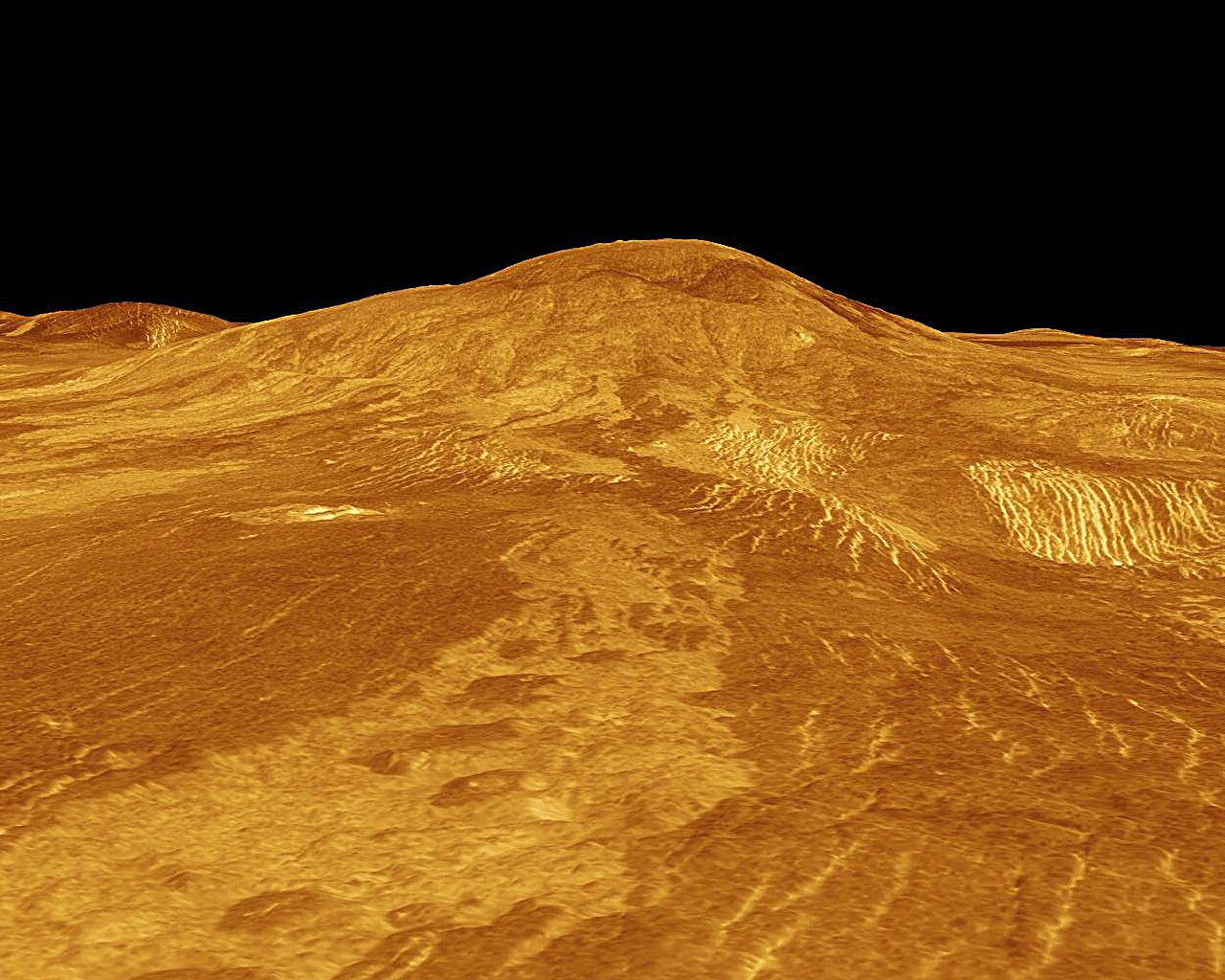
A new analysis of data collected on Venus more than 30 years ago suggests the planet may currently be volcanically active.
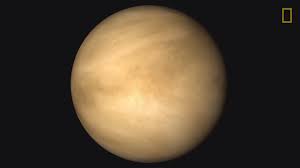
A new study details dissociative recombination, which may have led to Venus losing its water.

BepiColombo made two flybys of Venus on its journey to Mercury. The spacecraft found carbon and oxygen escaping into space in a previously unexplored region of Venus’ magnetosphere.

Researchers have made the first direct detection of atomic oxygen in the atmosphere of Venus. Some say it builds the case the planet was more hospitable in the past.

A recent study suggests that Venus, typically viewed as a fiery wasteland, may have experienced Earth-like plate tectonics in its distant past.

In a recent paper a UK physicist uses past missions and recent findings to encourage the importance of searching for life in the atmosphere of the solar system's most inhospitable planet, Venus.

US scientists say they've found evidence of a volcanic eruption in data captured 30 years ago by the Magellan spacecraft.